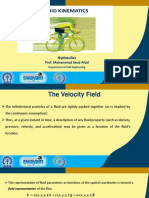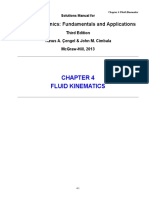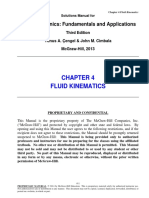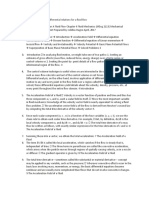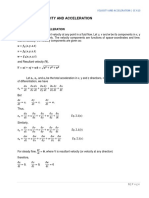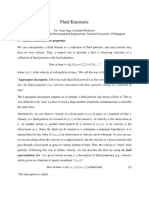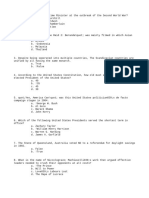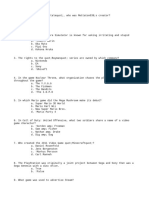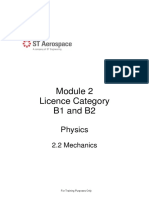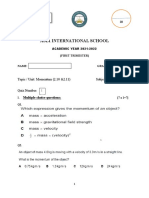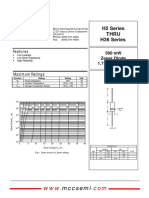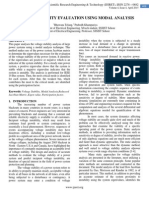0% found this document useful (0 votes)
54 views13 pagesMECH2210 Tutorial 5 Solution
MECH2210
Uploaded by
Outis WongCopyright
© © All Rights Reserved
We take content rights seriously. If you suspect this is your content, claim it here.
Available Formats
Download as PDF, TXT or read online on Scribd
0% found this document useful (0 votes)
54 views13 pagesMECH2210 Tutorial 5 Solution
MECH2210
Uploaded by
Outis WongCopyright
© © All Rights Reserved
We take content rights seriously. If you suspect this is your content, claim it here.
Available Formats
Download as PDF, TXT or read online on Scribd
/ 13




